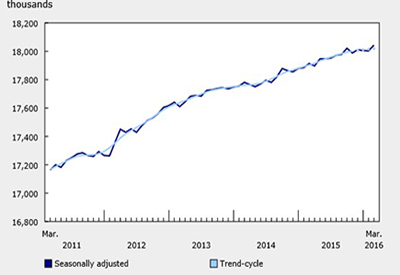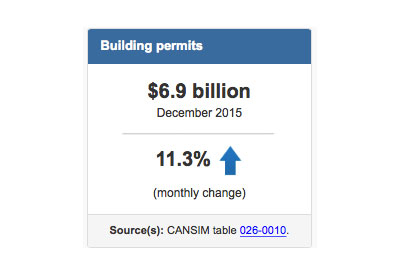How Can I Prevent Cable Faults During Installation?

June 26, 2020
By Tony Holderby, Regional Sales Manager at Service Wire Company
Any contractor who has been on the jobsite during a difficult wire pull can attest to the frustration of a cable fault. You’ve spent hours pulling multiple parallels only for the Megger to show a faulty reading, resulting in overtime to repull and replace the damaged cable. This can have significant financial implications on your bottom line.
Unfortunately, this is a common problem for installations that use cables with subpar insulation. Even the smallest nick in a cable during the pull can lead to outer sheath damage and a short circuit fault. Cables that won’t meg properly will need to be completely replaced to resolve the issue.
Cable Fault Causes
Cable fault occurs when the insulation of a cable has been deteriorated or damaged in some way that prevents it from being able to contain the electrical current. This can result from damage during installation or over time from environmental factors. Installations with excess moisture, grit, or other contamination can lead to accelerated aging or corrosion, degrading the cable’s insulation at a faster rate. Therefore, it is important to select cables insulated in materials that are built to last. RW90, for example, is made of crosslinked polyethene (XLPE), a tougher insulation. It is more resistant to environmental breakdown and abrasions than cables like TW75N or TW90N that use PVC insulation.
Cable damage can also occur during installation. Paralleled conductors can jam inside the conduit bends during a pull, and the higher pulling tension can cause insulation damage that adversely affects the conductors. Cabled conductors that limit contact between the insulation surface and the conduit can reduce potential cable damage during a pull. Additionally, cables insulated with XLPE better withstand installation conditions than softer insulations.
Cost of Faulty Cable Pulls
The cost of damage during cable installation can really impact your bottom line, putting you over budget and behind schedule. Instead of moving to the next phase of the project, a cable fault will require additional labor and overtime to repull and retest the cable. A faulty reading on the Megger test also means the cable has been compromised, forcing you to spend money on replacement material.
How to Prevent Cable Fault
To prevent cable faults, contractors should take advantage of prefab, twisted cable solutions made of XLPE insulation designed to better withstand the tugging and pulling required during installation. Twisted cables with a unified outer diameter (OD) reduce friction during a pull as less surface area of the cable comes into contact with the inner wall of the conduit. This reduces the total required pulling tension and eliminates jamming, which can occur in parallel pulls. Twisted cable alternatives also allow you to pull multiple conductors at the same time, resulting in an easier, faster pull for the crew and cost savings for the contractor.
This article was originally published by ServiceWire. Service Wire is a second-generation, family-owned wire and cable manufacturer and has been since 1968.
















